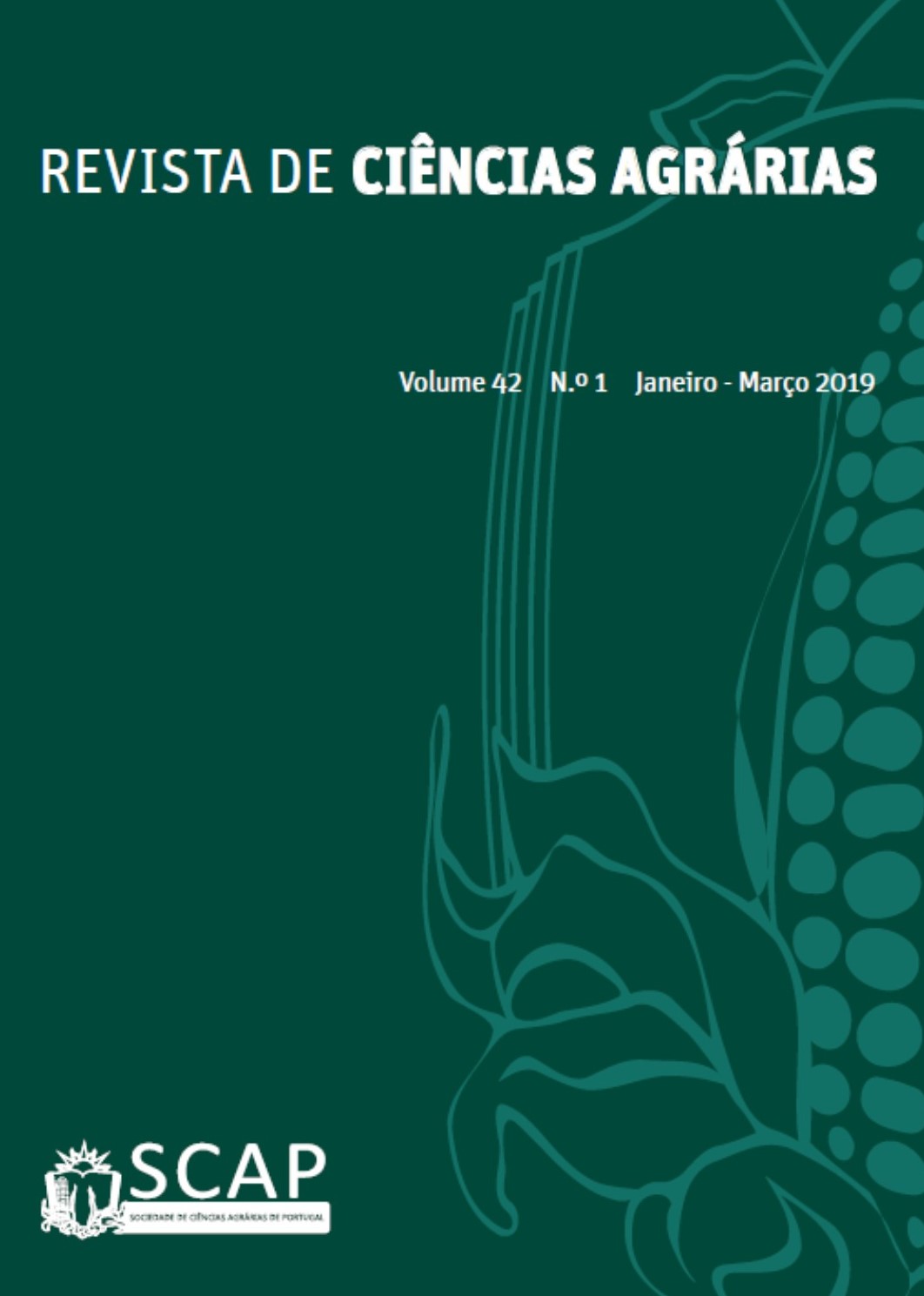Morphophysiology of West Indian cherry irrigated with salt water under combination of doses of nitrogen and potassium
DOI:
https://doi.org/10.19084/RCA18215Abstract
This research aimed to evaluate the effect of different combinations of nitrogen and potassium doses on the growth and physiology of the crop of the West Indian cherry irrigated with saline waters. The experiment was carried out in the field at the CCTA/UFCG, in a randomized block design, with treatments arranged in a 5 x 4 factorial scheme, referring to five irrigation water salinities (ECw) of 0.3, 1.3, 2.3, 3.3 and 4.3 dS m-1 and four combinations (C) of doses of nitrogen (N) and potassium (K2O), with C1 = 70% N + 50% K2O; C2 = 100% N + 75% K2O; C3 = 130% N + 100% K2O and C4 = 160% N + 125% K2O, with three replications, one plant per plot, totaling 60 plots without border. Most of the growth and physiological variables were not compromised by irrigation with water salinity up to 4.3 dS m-1 and, there was no salt stress mitigation by combinations of doses of nitrogen and potassium fertilization. The combination of the doses of 70% N (35 g of N) + 50% K2O (20 g of K2O per plant) was more effective in increasing the gas exchange, promoting greater plant growth.


